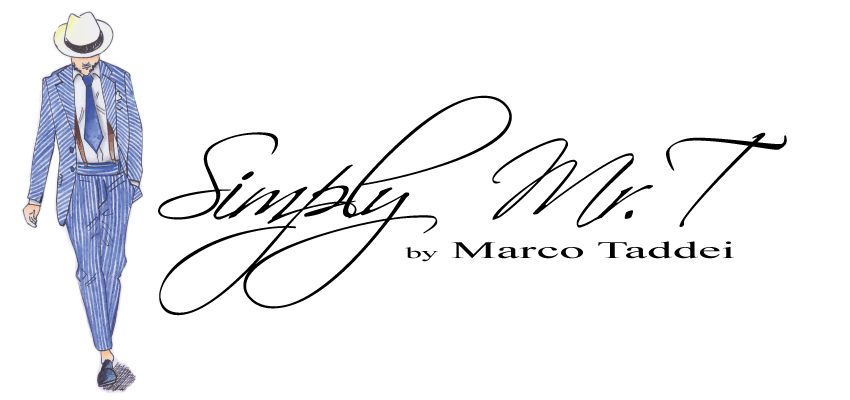T-Shirt
La T-shirt
Prima non era altro che un umile capo di biancheria da tenere rigorosamente nascosto; la biancheria maschile era costituita da un
indumento di un unico pezzo, a maniche lunghe e mutandoni. Solamente a fine Ottocento si divise in due capi: maglia a girocollo
e mutandoni lunghi fino alle caviglie.
Le origini della maglietta a T sono legate ai regolamenti militari: nel 1913 la Marina Militare inglese e americana, decise che i
marinai dovevano avere le braccia libere durante le manovre in coperta; fecero così indossare a tutti una maglia di cotone a
manica corta, di colore bianco.
Dopo la Prima Guerra Mondiale, la T-shirt diventò ufficialmente parte dell’uniforme dell’esercito americano e in seguito fu tinta
color khaki per renderla meno visibile al fuoco nemico.
Negli anni Cinquanta divenne invece simbolo di ribellione dei teenager e della generazione rock’n’roll e ancora oggi, è i
mmancabile nell’armadio di un uomo.
 The T-shirt Originally, it was nothing more than a humble piece of linen to keep strictly hidden; men’s underwear consisted of a one-piece garment with long sleeves and long johns. Only in the late Nineteenth Century it was divided into two parts: knit crew neck shirt and long knickers down to ankles. The origins of the T-shirt are linked to military regulations: in 1913 the British and American Navy decided that sailors had to have their arms free during maneuvers on deck; so they made everyone wearing a cotton shirt with short sleeve, white in color. After the First World War, the T-shirt became officially part of the uniform of the American Army and later it was made in khaki color to make it less visible to enemy fire. In the Fifties it became instead a symbol of the teen rebellion and of the rock’n’roll generation and even today it is a must have in the wardrobe of a man.
The T-shirt Originally, it was nothing more than a humble piece of linen to keep strictly hidden; men’s underwear consisted of a one-piece garment with long sleeves and long johns. Only in the late Nineteenth Century it was divided into two parts: knit crew neck shirt and long knickers down to ankles. The origins of the T-shirt are linked to military regulations: in 1913 the British and American Navy decided that sailors had to have their arms free during maneuvers on deck; so they made everyone wearing a cotton shirt with short sleeve, white in color. After the First World War, the T-shirt became officially part of the uniform of the American Army and later it was made in khaki color to make it less visible to enemy fire. In the Fifties it became instead a symbol of the teen rebellion and of the rock’n’roll generation and even today it is a must have in the wardrobe of a man. 
